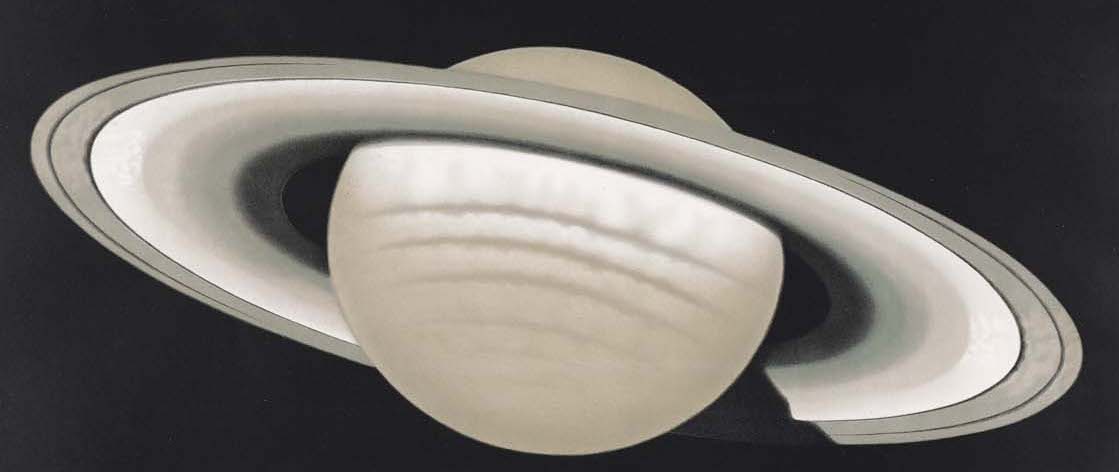

The heavens are big; our field of vision is small.
The solution? Astronomers have drawn and mapped the heavens to keep some parts in mind, even as they focus on others.
Our views of the Sun, Moon, and planets are constantly changing.
Between its slight “nodding” and ever-shifting shadows, the Moon’s craters, plains, and mountains never show the same face to the viewer on Earth.
The clouds of Jupiter are as changeable as those of Earth.
And so on.
The advent of telescopes in the seventeenth century only made this problem worse.
The solution? Astronomers have sketched what they have seen in detail, and have then combined those sketches and their measurements into larger images, whether of the Sun and the planets or of the structure of the Cosmos.
The result? Since Antiquity, astronomers have relied on art to understand and interpret the Cosmos, and to communicate their knowledge to others.
~
Art of the Spheres celebrates the manner in which astronomers have organized and comprehended the celestial vault, the planets, and the structure of the Cosmos. Every item in this exhibition was composed from multiple, detailed observations; all are works of both science and art. In the words of Étienne Léopold Trouvelot:
“While my aim…has been to combine scrupulous fidelity and accuracy in the details, I have also endeavored to preserve the natural elegance and the delicate outlines peculiar to the objects depicted; but in this, only a little more than a suggestion is possible, since no human skill can reproduce upon paper the majestic beauty and radiance of the celestial objects.”
Photography did not help. Even if it had been possible in the nineteenth century to photograph the planets with clarity, resolution, and color, there remained the need to capture the entire essence of a phenomenon, not a particular image taken at one moment. The Moon’s features needed to be shown without complicating shadows; planets and comets needed to be shown in diagrams depicting their full orbits; Jupiter’s raging clouds needed to be synthesized.
Art of the Spheres brings together two kinds of astronomical artistry that combine multiple observations: (a) works of scientific investigation, specifically Trouvelot’s own remarkable chromo-lithographs; (b) works intended for popular and pedagogic instruction, which have always ranged from the strictly scientific to the strictly decorative.
The exhibition was curated by Prof. Matthew Edney with the assistance of Adinah Barnett. Ms. Barnett digitized and printed the 2D materials, David Neikirk digitized the globes. The exhibition was installed by Kevin Callahan of Kimball Street Studios, Lewiston, Me. Thanks also to the OML staff for their help.